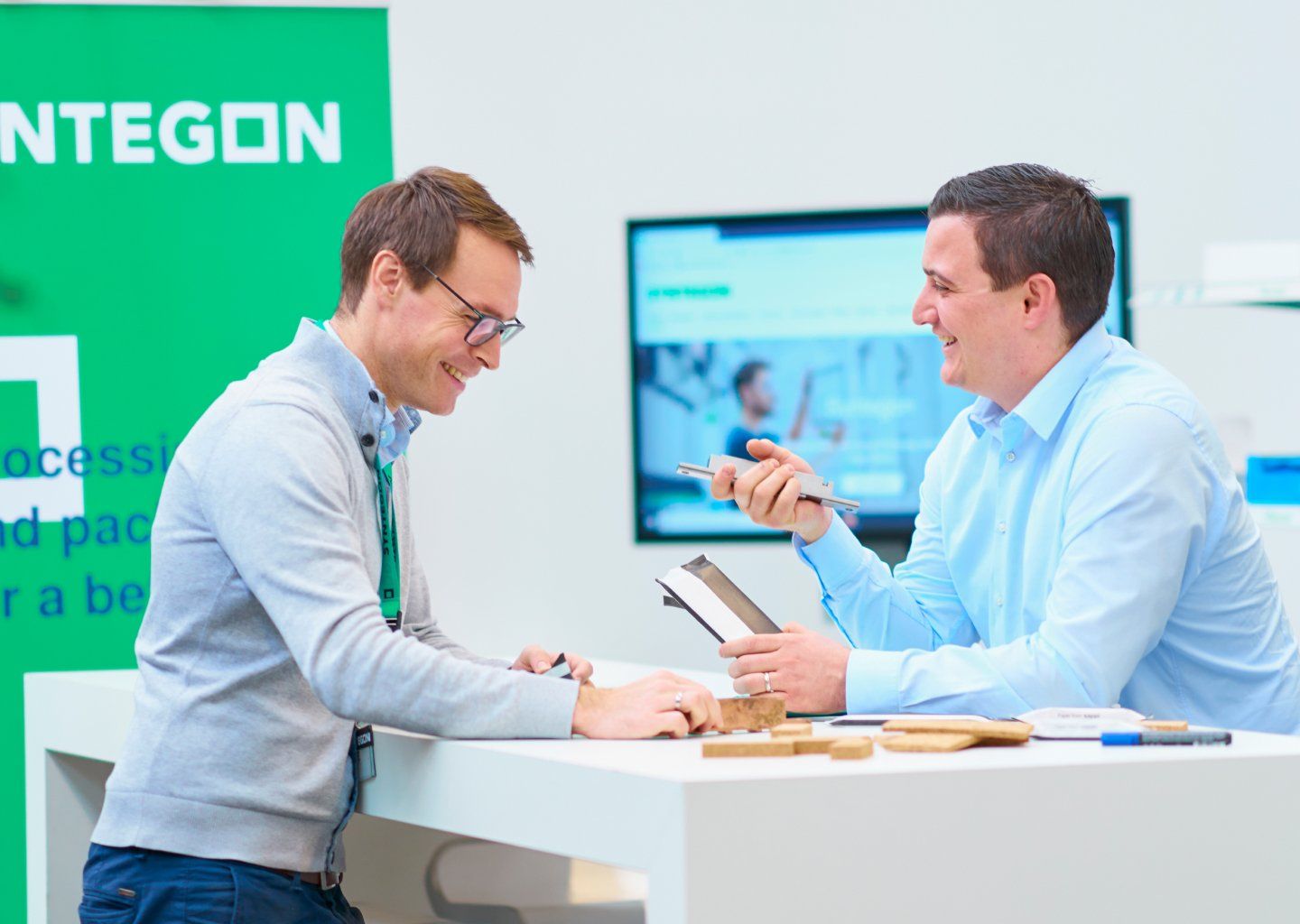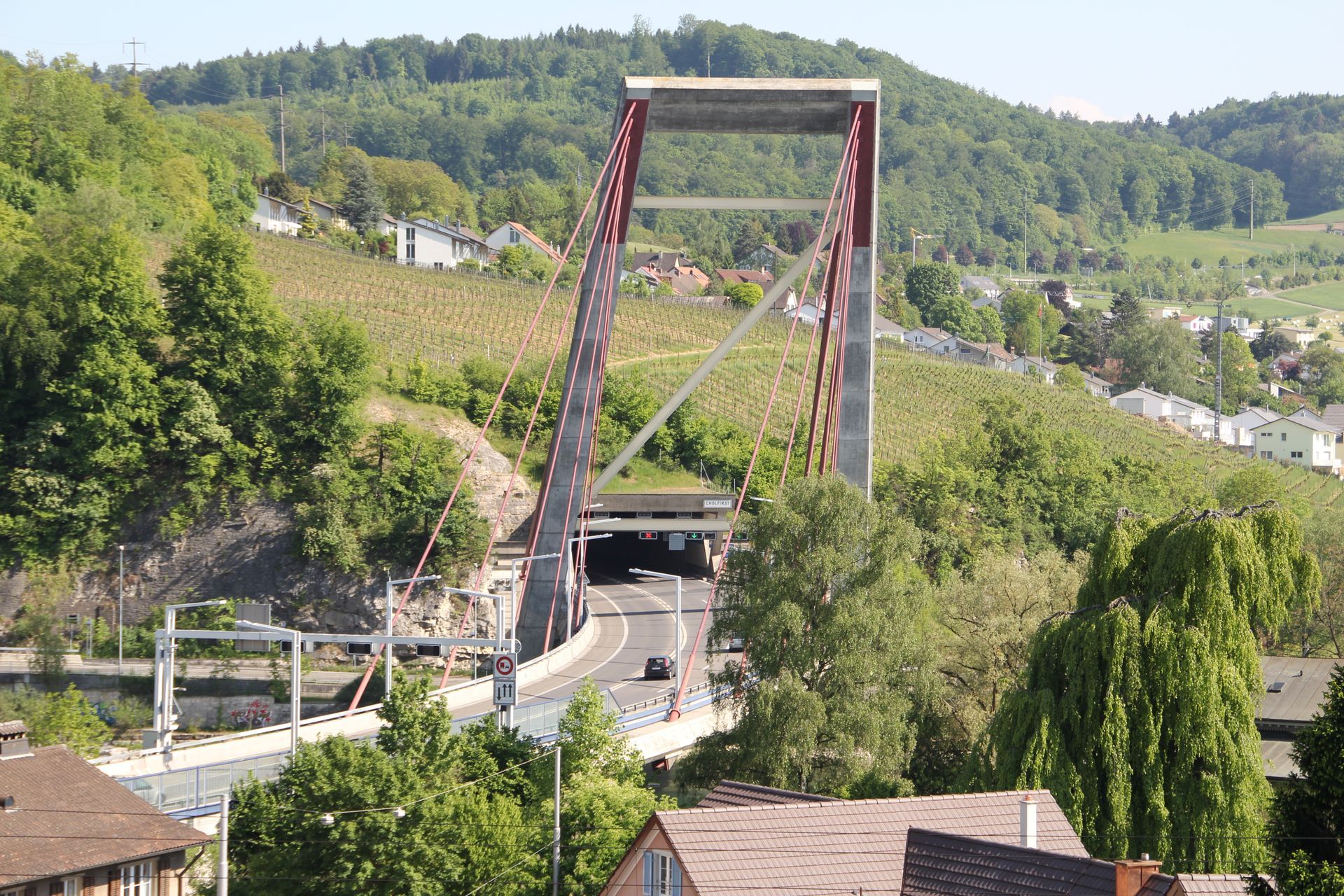Packaging makes products last longer and is becoming increasingly environmentally friendly. What contribution does the Schaffhausen packaging cluster make in terms of sustainability? Two Schaffhausen companies provide insight into their innovations.
Awareness of sustainable and resource-conserving lifestyles has long since reached the middle of society. Eco is no longer a bad thing, it's much more a good thing. Sustainability stands for a modern lifestyle that can be fun. The German Future Institute sees "neo-ecology" as an important and defining megatrend of the 2020s. "Environmental awareness is turning from an individual lifestyle into a social movement. Sustainability from a consumption trend to an economic factor," is the conclusion. However, as our consumption hunger continues unabated, companies are challenged to reduce resource consumption with innovative solutions and new materials. This opens up entrepreneurial opportunities.
"Environmental awareness and sustainability are turning from a consumer trend into an economic factor."
German Future Institute
The consulting firm Deloitte is also convinced of this. A sustainable transformation is the basis for future growth, writes the Big4 company's sustainability team. Strengthening the brand, upgrading the product range and new business models with sustainability aspects could prove to be attractive sales and profit drivers. For Schaffhausen-based companies in the materials technology sector in particular, this is promising news for the future.
«Sustainability has become enormously important to our customers.»
Ingo Büttgen, SIG Combibloc
Customers want sustainable packaging
Schaffhausen packaging companies are already intensively engaged in sustainable solutions. Symbolic of this is beverage carton manufacturer SIG Combibloc, whose roots and international headquarters are in Neuhausen am Rheinfall, and packaging specialist Syntegon, which has a large and strategically important branch in Beringen, where it develops and produces packaging machines for the entire world. SIG Combibloc and Syntegon are the largest and best-known representatives of the Schaffhausen packaging cluster. This comprises numerous companies active along the entire value chain - including in the areas of production, research and development, or even consulting and analysis. The ecosystem in the materials technology sector also includes Georg Fischer and the numerous moldmakers
in the region.
«The topic of sustainability has become enormously important to virtually all of our customers,» says Ingo Büttgen, Head of Corporate Communication at SIG. «When we sit down with customers today, it is usually the first item on the agenda that we discuss,» says Büttgen. Yet packaging is much more than just trash and a very sustainable product. «Packaging protects the contents from being damaged or broken,» says Dr. Christian Bauer, Manager Environmental Affairs and Product Related Sustainability at SIG. Medicines or many foods would spoil within a very short time if they were not stored and transported in sophisticated, modern packaging. Other products, such as chemical materials or paints, cannot even be stored safely without suitable packaging. Medical technology products and surgical instruments cannot be packaged in a sterile manner. In addition, it also fulfills an important marketing function and is not infrequently decisive for a consumer's purchasing decision.
«Each product we package comes with its own set of requirements.»
Christoph Langohr, Syntegon
Paper not necessarily greener than plastic
"Depending on the product, the requirements are different, which is why there is no 'one' right way to achieve greater sustainability," says Christoph Langohr, project manager for sustainable packaging at Syntegon's Beringen site. "We started early on to look intensively at sustainable packaging solutions," Langohr tells us. Thus, the first trials were started in Beringen a few years ago and prototypes were developed. Then, when the first customers knocked on Syntegon's door and asked for more sustainable packaging, the team was already able to show possible solutions. "We conducted one of the first series of trials together with our customer Mondelez," recalls Langohr. Mondelez is one of the largest consumer goods producers in the world. This involved packaging chocolate bars in paper - one of three options for sustainable packaging materials that is the focus at the Beringen site.
"The most sustainable material is the one that can be saved."
Christoph Langohr, Syntegon
Paper not necessarily greener than plastic
«Depending on the product, the requirements are different, which is why there is no 'one' right way to achieve more sustainability,»
says Christoph Langohr, project manager for sustainable packaging at Syntegon's Beringen site. «We started early on to look intensively at sustainable packaging solutions,»
Langohr tells us. Thus, the first trials were started in Beringen a few years ago and prototypes were developed. Then, when the first customers knocked on Syntegon's door and asked for more sustainable packaging, the team was already able to show possible solutions. «We conducted one of the first series of trials together with our customer Mondelez,» recalls Langohr. Mondelez is one of the largest consumer goods producers in the world. This involved packaging chocolate bars in paper - one of three options for sustainable packaging materials that is the focus at the Beringen site.
«The most sustainable material is the one that can be saved.»
Christoph Langohr, Syntegon
Monomaterial and bioplastics
Due to the different requirements for the packaging material, Syntegon uses monomaterial as well as bioplastics in addition to paper. With monomaterial, the individual layers are all made of the same type of plastic, unlike conventional composite materials. This monomaterial can be recycled and returned to the plastic cycle. Bioplastics, on the other hand, are either biodegradable, made from renewable resources, or a combination of both. Barrier papers, for example, are made from renewable wood fibers and can be disposed of normally in waste paper and thus recycled. «Each type of packaging has its advantages and disadvantages,»
Langohr emphasizes. You can't say that paper is generally better than plastic - or vice versa. For one thing, the carbon footprint is difficult to compare, as a calculation is very complex and depends on the environmental standards of the respective paper producers. On the other hand, the requirements for packaging vary from region to region and also influence the sustainability of a package. For example, the local climatic conditions or the recycling systems in place in the region must be taken into account when selecting the packaging material. «After all, the packaging should have as little impact on the environment as possible - and not merely be greenwashing.»
The most sustainable packaging, Langohr says, is of course the material that is saved from the start. That's why the trend toward ever thinner films and passport-precise packaging has been noticeable for years. This saves a large proportion of plastic - and thus also costs.
However, it is not only important that the packaging material becomes thinner and more ecological, the production processes must also be economically sustainable. For this reason, Syntegon attaches great importance to the convertibility of existing machines during product development. This means that customers can switch their production to paper at any time. «Another factor is also the performance of the machines,»
says Langohr. «If, after conversion, the machine only packs a fraction of the usual quantity in the same time, the solution is no longer economical and the hurdle to convert is too high.»
This aspect is always taken into account right from the start and flows into the development. In this way, the Syntegon machines offer more options with the same output - and thus follow another trend: more flexibility in production







